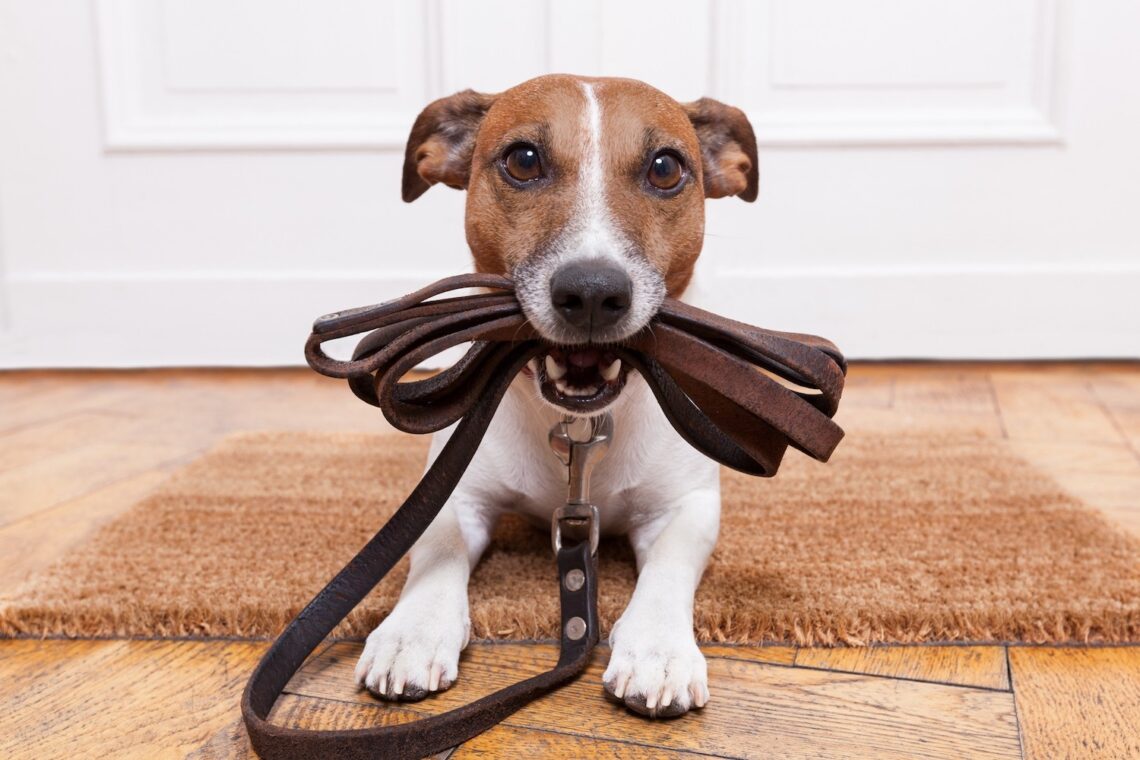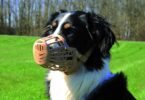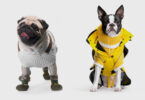The choice of a dog leash must be made considering the size (small or large sizes), the weight of the dog but also according to the planned activity. It is not easy to know which leads to choosing for your dog as there are so many models: classic or retractable, short or long leashes (dog lanyards), leads recommended for running with your dogs such as canicross or more halters. We will answer all the most frequently asked questions on the subject to help you find your way around!
SHOULD A DOG BE HELD ON A LEASH?
Any owner is required to be well informed about the legislation and in particular that which regulates the keeping of his dog on a lead.
DANGEROUS DOGS
For certain categories of dog, namely the so-called dangerous dogs of category 1 or 2, strolling on a lead is compulsory in all public places. This applies both in town and in the countryside. The use of the cordis also accompanied by the compulsory wearing of a muzzle.
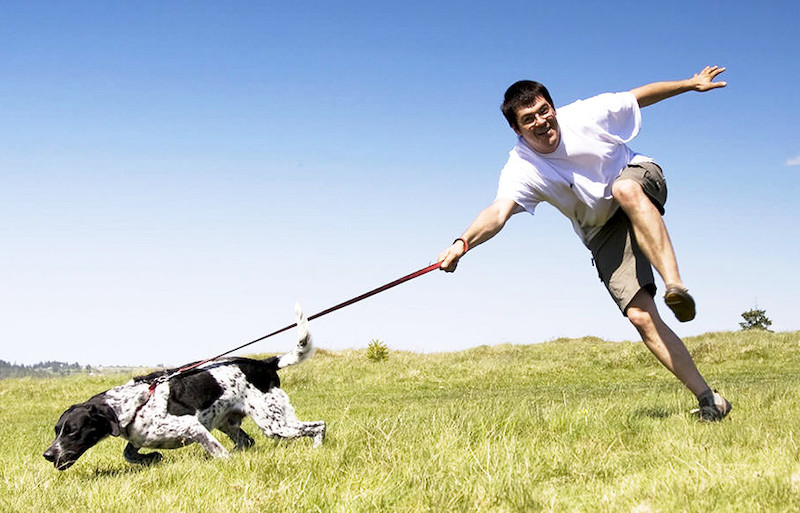
DOGS WITHOUT SUPERVISION
A dog moving freely, without the supervision of its owner, is considered to be in a state of straying if it is located more than 100 meters from its owner. Any dog wandering can be brought to the pound.
CITY OR COUNTRY, THE LAW DOES NOT CHANGE
We often have a tendency to believe, wrongly, that the laws are more flexible in the countryside than in the city. The rules defined by the legislation apply regardless of the strolling area and it may therefore also be prohibited to stroll your dog without a lead in a village or near a field. If you decide to stroll a dog off the cord, it is important to understand that you are subject to a fine.
The lead is an essential accessory to choose with care for the safety of your dog.
CHOOSE THE LEASH ACCORDING TO THE SPECIFICITIES OF YOUR DOG
- The morphology of your dog and therefore the specific anatomy of his breed.
- At its weight
- To his size
CHOOSE A LEASH ACCORDING TO YOUR DOG ACTIVITIES
- A short cord for walking your dog around town or for jogging. This type of lead is also recommended for training large and small dogs that tend to pull.
- Dog lanyards (or long leashes) are rather recommended for walks in more spacious places.
- Retractable cords are very popular with many owners because they allow your dog freedom of movement. Strong and retractable, retractable leads should be chosen according to the weight of your dog. They are suitable for dogs who have already learned to stroll well on a cord without pulling.
- Dog halters are recommended during training. These anti-pull leashes are useful in preventing your dog from pulling, lugging, or jumping.
- Cani-cross cords are totally suitable for running or running and can be made of stretchy elastic material.
WHAT ARE THE DIFFERENT TYPES OF DOG LEASH?
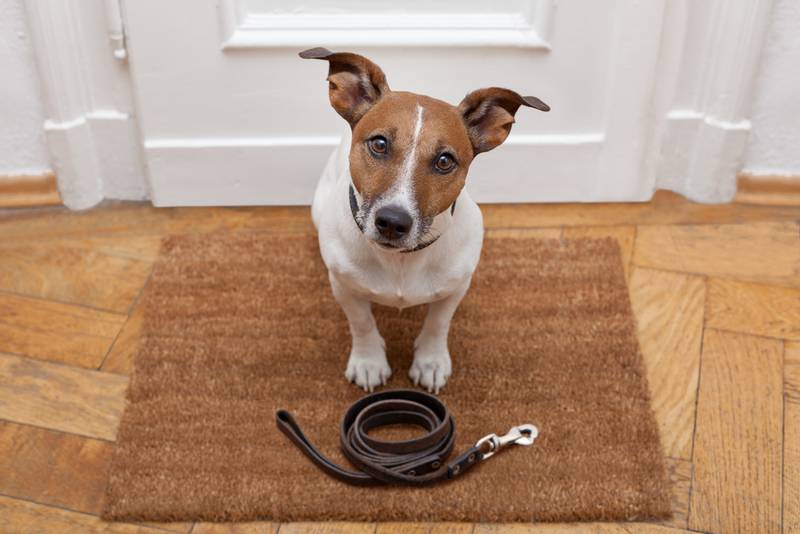
CANI-CROSS LEASH FOR RUNNING WITH YOUR DOG
If you are an athlete, the canicross leads are designed to run with your dog whether it is during a hike or a simple run. The cords belts keep your hands free, ideal for jogging with your dog.
CLASSIC LEASH TO WALK YOUR DOG
Classic leads can be made of leather, nylon or metal. Their length, short or long, and their width will be adapted according to the size of your dog but also the type of desired activity (this is the case of very long leads or lanyards used when the spaces are large).
LEASH TO TRAIN YOUR DOG
Halters or anti-traction cords are ideal for teaching your dog not to pull too much and not to make too sudden movements. HALTI training halters allow you to gently control your dog’s movements to prevent him from pulling.
WINDING LEASH FOR GOOD STUDENTS
The retractable cords must be adapted to the size of your dog and will be recommended for dogs accustomed to moving on a lead. They give them a feeling of virtual freedom in complete safety thanks to the locking that can be done using the short braking system.
WHAT LENGTH OF LEASH SHOULD BE FOR YOUR DOG?
The choice of the length of a lead will depend primarily on the size of your dog and also on his level of education. We recommend that you first teach your dog to move on a lanyard from an early age.
LEASH LESS THAN 50CM
The very short lanyards, which are no more than 50 cm, are intended for training the dog to move but should not be used for everyday moves because it does not leave the dog the slightest freedom.
THE 1 METER LEASH
The length of 1 meter is recommended to teach your dog to stroll on a lead but also to be able to move him safely in town. The lead must be an element that is easy to hold in the hand. It should always be relaxed and never strained. Having a companion who walks in step is the assurance of being able to move without stress.
LEASHES 3.5m to 20m
Dog lanyards, used when walking in larger spaces, can be 3.5,10 or even 20 meters in length.
RETRACTABLE LEASH
Retractable lanyards, chosen according to your dog’s build, can help you avoid having to change cord or lead length while out.
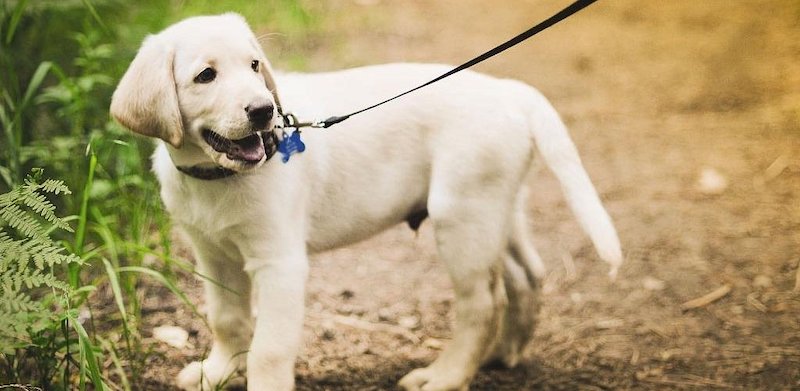
HOW TO MAKE SURE THAT YOUR DOG DOES NOT PULL ON A LEASH?
Walking on a lanyard can be learned at any age, although it is much easier to teach him not to pull and to stroll when he is a puppy. Moving on a lead without pulling is an exercise whose principle is to reinforce good behavior. The goal is to make your dog understand that if he pulls, the walk is over! Unwanted behavior, on the other hand, is ignored, according to the principle of respectful education.
- First, attach a cord of at least 1.50m to your dog’s harness. A 5-meter lanyard will give the dog more or less distance depending on the situation and the environment of the walk.
- Walk while leaving the cord relaxed.
- When your dog is moving calmly, praise him by rewarding him with mouth-watering treats you take away.
- On the other hand, as soon as he pulls, stop immediately and systematically without bringing the dog back towards you and wait for him to stop pulling.
- Once the lanyard is relaxed, leave quietly… and so on.
- Once your dog knows how to move well on a cord without pulling, teach him to turn right and then left.
- Don’t let your dog play with the cord.

